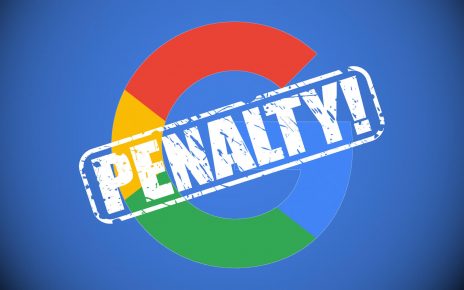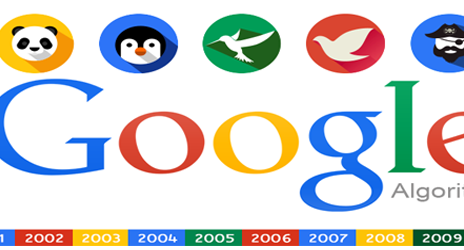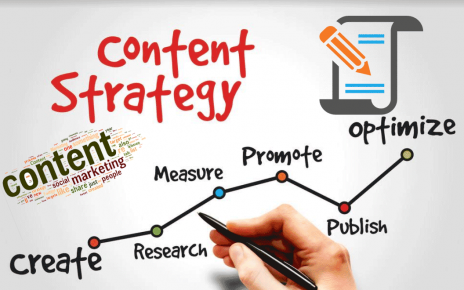WordPress is one of the best platforms for SEO, but to optimize it to the hilt it must be optimized both globally and on each page individually – using an XML sitemap, optimizing images and videos, creating topic clusters, etc.
Keep in mind that SEO is not a one-and-done task; rather, it requires constant vigilance and adaptation to changes in search engine algorithms and user behaviors.
1. Optimize Your Images
Your website images can help improve both UX and SEO, but for maximum effect, they must be optimized properly – this includes changing file sizes, resizing images as needed and removing irrelevant details from images.
Large images can impede website load times and negatively affect user experience, leading to Cumulative Layout Shift (CLS) and Largest Contentful Paint (LCP). By optimizing images, you can reduce load times and improve site performance.
Use a free image compression plugin or resize images to the size you would like them displayed, while lazy loading loads non-critical elements (such as images) gradually as users scroll down the page, speeding up load times and reducing page jumps for an enhanced user experience.
2. Optimize Your Video
Videos are an effective way of providing people with an introduction to your brand, service or product. But content alone won’t do; optimizing it for search engines and social media channels remains important too.
One crucial component to video success on YouTube is having an engaging description that encourages viewers to click. Not only does this drive traffic, but also helps YouTube’s algorithm rank it correctly.
A good description should include keywords, but don’t overdo it. Search engines have become adept at detecting keyword stuffing, and doing too much can actually hurt your rankings. Instead, view it as an opportunity to tell a compelling narrative that inspires audience engagement and trust building which then helps improve rankings – creating a cycle worth working on!
3. Optimize Your Audio
Audio content on your blog posts can help expand its reach to more readers. When shared through social media and email, this type of audio can attract clicks from people without time or desire for reading text-only blogs.
By optimizing podcast content, you can increase your website’s rankings in search engine results pages (SERPs) and increase organic traffic to it.
SEO encompasses many different components, such as optimizing the content on your WordPress website and employing best practices when writing posts and articles. By following these tips, you can optimize it to attract more traffic – ultimately helping grow your business and meet marketing goals. As you focus more on SEO efforts, your performance will improve, creating sales for you business while getting in front of its target market.
4. Optimize Your Links
As well as producing high-quality content and optimizing the structure of your website, link building is also a powerful way of driving additional visitors.
Simple and consistent permalink structures are essential in aiding both search engines and visitors to navigate your site with ease, while ones incorporating keywords can boost its rank in relevant search results.
Keyword research is also key when optimizing pages for SEO, helping you understand which terms your audience is searching for and how best to target those terms. Tools like Google Search Console can assist in the identification and fixing of issues preventing your site from ranking well – leading to increased visibility, click-through rates (CTR), traffic increase, and ultimately sales increases.
5. Optimize Your Metadata
Search engines rely heavily on meta title and description tags, and this content plays an integral part of page rankings. A well-written, SEO optimized meta title and description will bring more visitors and clicks.
Meta titles should contain no more than 55 characters and should accurately summarize the content of your page. WordPress plugins like AIOSEO will automatically optimize meta titles and descriptions for search engines by inserting relevant keywords.
Dated URLs can make it difficult for search engines and visitors to locate your latest content, so use categories and tags to help search engines navigate your blog’s content structure more efficiently, making crawling and indexing simpler for them. In addition, make sure your XML sitemap is submitted to Google and other search engines so they can index it easily.
6. Optimize Your Title Tag
Title tags are an essential component of SEO strategies, and can help drive more visitors to your website. Search engine results pages (SERPs) display them as the clickable headline for an individual result, making them one of the key factors influencing organic clickthrough rate (CTR).
A great title tag should be short, descriptive, and relevant, while including your target keyword(s) as early as possible in the tag in order to enhance SERP rank. Just be careful not to overstuff titles with keywords – doing so could backfire and hurt rankings!
Keep your site’s authority intact by adding noindex meta tags to low-value pages that won’t contribute much in terms of SERP rankings, helping the most essential pages remain at their original positions and ranking well in search results. This can ensure your most vital pages continue to rank well and maintain their rankings over time.
7. Optimize Your Meta Description
Keyword research is one of the core elements of SEO, and many excellent tools exist such as SEMRush or Ahrefs to facilitate it. But ultimately, what matters most is writing high-quality content that meets people’s search queries.
Create content your audience finds valuable, informative, and shareable. Not only will this increase search engine rankings and clicks but it may also result in improved sales conversion rates.
The meta description may not affect your ranking, but it does affect click-through rate (CTR). Make sure your meta descriptions are unique and contain your target search keywords while being relevant to the page content – otherwise Google could rewrite them with excerpts from articles on your site, decreasing click-through rates significantly.
8. Optimize Your Meta Keywords
WordPress websites can gain much from following some basic SEO best practices. Utilizing lightweight themes designed to increase speed, enabling SSL security certificates, and tracking the performance of content are all vital.
Optimizing meta keywords for websites is one of the easiest and most cost-effective ways to increase SEO. Search engines better comprehend its content while visitors gain useful knowledge from this tactic.
By adding noindex tags to low-value pages, they’ll avoid showing up in SERPs and competing for rankings with other content. But you should use noindex tags sparingly as overuse may have a detrimental impact on search engine results; using AIOSEO allows you to optimize meta titles and descriptions easily across any page or post.
9. Optimize Your Internal Links
Optimizing internal links – hyperlinks linking pages on your website together – can play an integral part in SEO strategies, and help users access information they’re searching for on your site. They also play an essential part in increasing website authority and helping visitors locate what they need quickly.
Add internal links to your content easily with WordPress by simply selecting text that needs linking and clicking the link icon. However, be careful only using links when they make sense; using irrelevant ones could result in poor user experiences or worse yet hurt your SEO rankings.
It is essential to include both followed and nofollow links on your site, with following links passing link equity to the pages they link to, while nofollow ones do not. It is also vital to regularly audit for broken links on your site and fix them as necessary in order to ensure that content remains accessible and usable by all.
10. Optimize Your Site Speed
Updating website content frequently not only benefits visitors and search engines, but is one of the best ways to boost SEO rankings and drive more traffic.
Fast loading websites provide users with an ideal user experience and have been shown by Google as being one of their ranking factors. Users don’t want to wait more than a few seconds before deciding if it’s worth their time sticking around or not.
Use of a Content Delivery Network can allow your web content to reach users efficiently with minimum latency. Selecting a lightweight and optimized WordPress theme also speeds up site load time; noindexing taxonomies and date archives that don’t generate significant traffic will help maintain authority while keeping the overall website lean.




